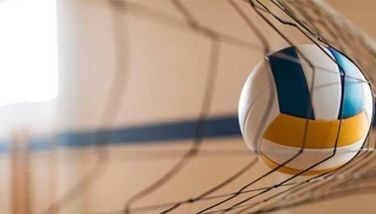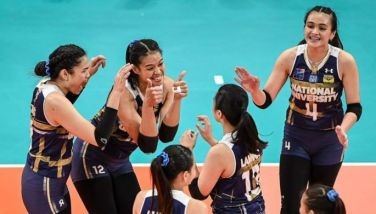The hard road ahead
“There is no revenge like oblivion, for it is the entombment of the unworthy in the dust of their nothingness.” – Baltasar Gracian
Sport is struggling to make a comeback, as governments are down as to how to restore normalcy in general. The lucky few like the NBA and UFC are taking tentative first steps to resuming operations, but everything is an experiment until likely the end of the calendar year. This will spawn some new trends out of the difficult balance between economic necessity and public safety, and not every plan will work. What will we probably see in the short to medium term?
The decline of large indoor arenas. It will be a long time before we see large indoor venues filled with people again. Firstly, who would risk having events, sporting or otherwise, with crowds? Secondly, audiences will also wait and see, so at best you’d fill many half of the bleacher section. All those big arenas that used to rent out for hundreds of thousands of pesos per day are going to sit dormant for a while. Too much has yet to happen to embolden both the staging and watching of live events.
Divide or die. Leagues with a regional format will severely cut down on travel, even if they are allowed to reopen. Limiting crossover games will make it easier to contain potential infection, like what the NBA is doing by playing in a single venue. If they do not divide, they will die. However, this also impacts their television revenues, since it is likely that broadcast franchise holders will not spend to send crews on location for extended periods. The MPBL, for example, has to figure out how to live with minimal travel for its large number of teams.
The small may vanish. Smaller leagues and start-up leagues face the dire probability of losing entire seasons or dying off entirely. The challenge facing collegiate leagues now are not going to go away in the next few months. They are kept going mainly by alumni support and television revenues. But if there are no tournaments to cover, there is nothing for boosters and TV networks to pay for. Without that lifeblood, collegiate league and others will either hibernate or simply cease to exist.
The consistent will claim new ground. If you sell water in a desert, you’ll make a fortune. Those who get television exposure or online presence consistently in these restrictive times are gambling. They are betting that an audience starved for sports will be patient enough to learn theirs, guaranteeing a larger, and decidedly captive, audience. Whoever gets organized and invests in a quality broadcast coverage on a wide platform will be guaranteed a bigger slice of the idle pie.
Cubicle spectators. Anything is better than nothing. Owners of aforementioned large coliseums may decide to remove some seats and enclose small sections in cubicles, subdividing crowds into allowable smaller groups. Restaurants in Europe and other Southeast Asian countries are doing it already, in different ways. It will entail some cost and adding filters, pipes and vents to existing air conditioning, but it will bring in revenue. And it will introduce the concept of the luxury box to the local audience. Only a few smaller venues have them, and they’re generally used for cockfighting.
Slow migration. Advertisers will have a hard time deciding where to place their sports media budgets. Audiences are traditionally slow in embracing new things. 3x3 basketball, for example, was already being played internationally in the late 1990’s until about 2005. It then briefly disappeared as European countries were slow to join the bandwagon, then resurfaced in 2011 with the backing of the NBA. Now, it’s an Olympic event.
The Olympics will likely wait. As we’ve seen in Munich and Atlanta 24 years apart, it does not take much to upset the equilibrium of the Olympics. In 1972, a handful of terrorists stopped the Games cold with one audacious act of murder. In 1996, homemade pipe bombs that were exploded in between the Georgia Dome, The Omni and Atlanta’s Convention Center almost put the competitions on pause if not for the fact that it happened at past 1 a.m. Imagine if every athlete, delegate and spectator is a potential Typhoid Mary for COVID-19. Granted, Tokyo is still more than a year away. Still, there is nothing clear about when and how a vaccine may be available, or when and how another outbreak may happen. Japan is concerned about their economic investment in the Olympics, but they’ve been one of the countries hardest hit by travel restriction. Is it worth risking an outbreak, another travel ban, and being ostracized by other nations?
The audience must accept change. Right now, a large chunk of the television sports audience has one foot planted in the past. They’re reviewing, rewatching, reevaluating and re-analyzing what they’ve seen, for lack of new input. They have not yet decided where to plant the other foot, now encased in a figurative fluffy slipper stuck in Netflix and replays. As sports are gradually reintroduced to the mainstream, audiences must also show support for all sports, not just their favorites. If they don’t, then the strong will only get stronger, and the weak will perish. International leagues will thrive, local leagues will fade into history. There is a line between the two that only the audience can bridge, for everyone’s sustainability. There’s no other way.
- Latest
- Trending






























